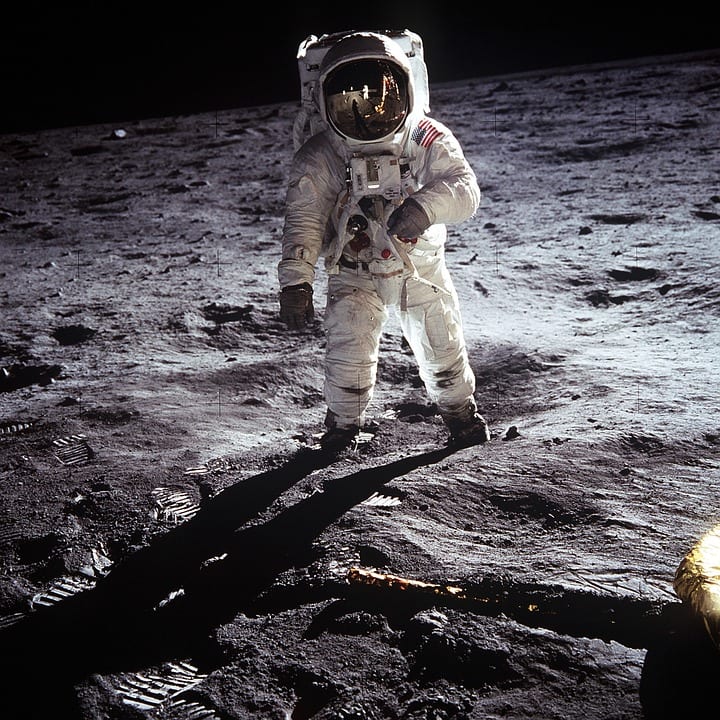I am constantly amazed by science fiction writers. Blown away, actually. To create an entirely new world with rules, laws, and customs that are totally invented is truly remarkable.
And sometimes the details of these fictional worlds actually come true. Here are 12 such instances of science fiction prescience.
12. Cryonics
In 1931, Neil R. Jones wrote a short story called “The Jameson Satellite.” In it, Jones’ main character wants his corpse to be taken into Earth’s orbit so that it would be preserved at a temperature of absolute zero.
Sixteen years later, in 1947, Robert Ettinger wrote a short story entitled “The Penultimate Trump,” which also dealt with cryonics. Ettinger continued his research and later became known as the “father of cryonics.”
11. Lab-grown meat

Photo Credit: Pixabay
Kurd Lasswitz’s 1897 novel Two Planets featured “synthetic meat” that was introduced to Earthlings by Martians.
10. The moon landing

Photo Credit: Pixabay
We all know Neil Armstrong was the first man to reach the moon in 1969. But maybe you didn’t know that Jules Verne published a novel all the way back in 1865 called From the Earth to the Moon about a huge space gun that launched objects to the moon. Verne’s story predicted the number of men aboard the spacecraft and the weightlessness that the astronauts would experience in space.
9. The sinking of the Titanic
The Wreck of the Titan: Or, Futility is an 1898 novella by Morgan Robertson about an “unsinkable” ship that sinks in the North Atlantic after hitting an iceberg. We all know what happened to the Titanic in April 1912.
8. Atomic bomb

Photo Credit: Pixabay
The famous H.G. Wells wrote The World Set Free in 1913. The novel was published in 1914 and detailed how “atomic bombs,” uranium-based hand grenades that had infinite power, would kill many people. A mere 31 years later, Hiroshima and Nagasaki were obliterated by atomic bombs.
7. The nuclear arms race
In 1941, Robert Heinlen’s short story, “Solution Unsatisfactory,” correctly predicted that the United States would develop nuclear weapons before the rest of the world and an arms race among competing nations would ensue.
6. Waterbeds

Photo Credit: Facebook, IOldies
The same guy who predicted the nuclear arms race, Robert Heinlen, wrote about futuristic waterbeds in such detail in 1961 that the guy who actually invented the waterbed had a hard time getting a patent.
5. Credit cards
Although credit cards didn’t become commonplace until the 1950s, Edward Bellamy wrote about them all the way back in 1888 in his novel, Looking Backward.
4. Two moons on Mars
151 years before two moons were discovered on the red planet, Jonathan Swift made the claim in his famous book Gulliver’s Travels. It was published in 1726.
3. Earbuds and Bluetooth headsets

Photo Credit: Pixabay
Good old Ray Bradbury. In Fahrenheit 451, published in 1953, Bradbury wrote about personal earphones used to distract one’s mind. He also described listening devices which sound a heck of a lot like Bluetooth headsets.
2. The Internet
Credit this one to none other than Mark Twain. His 1898 short story, “From the ‘London Times’ of 1904,” was set six years in the future and featured a device known as the Telelectroscope, a “limitless distance” telephone that could create a worldwide network of information that would be available to all people. Sound familiar?
1. Antidepressants
Thank God for this one! Aldous Huxley’s classic “Brave New World” envisioned a world where citizens take a drug called “soma” to ensure that everyone stays within the rules of society. The book was published in 1932, two decades before experiments with antidepressants began.






